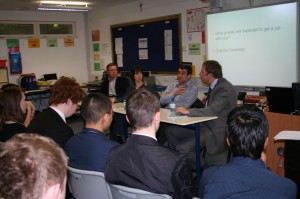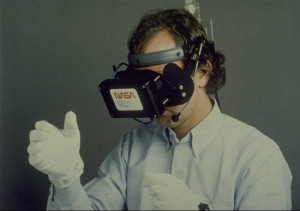Selecting a partner to provide networking services at your event is critical especially as more and more attendees rely on high quality connectivity to engage and interact. Our field teams regally work with in house IT teams to provide expertise and equipment. When agents and event organisers are surveying venues there are a few critical questions which should be asked:
1. Does the in house IT team specialise in the events industry?
Being specialised will ensure their technicians are familiar with the events environment and the pressures that brings. It’s important that the IT partner appreciate how critical ensuring issues are dealt with quickly to keep the event moving.
2. Does the in house IT team have the right equipment?
Equipment which is regally deployed in the field needs to be fit for purpose, from VOIP phones to WIFI PDQs everything needs to be configured in such a way it can be quickly deployed. Factoring in the British weather also adds an extra degree of excitement so using weatherproof hardware to deploy outdoor Wi-Fi Networks is of utmost importance.
3. Does the in house IT team have experience?
This expertise need to be specific to the type of event that’s being run. Whether it’s a festival, exhibition or a conference it’s important the partner you choose has the experience of the events sector, as each environment raises it’s own challenges and every organiser has different expectations.
To find out if we’re the right Event Technology company for you, get in touch







